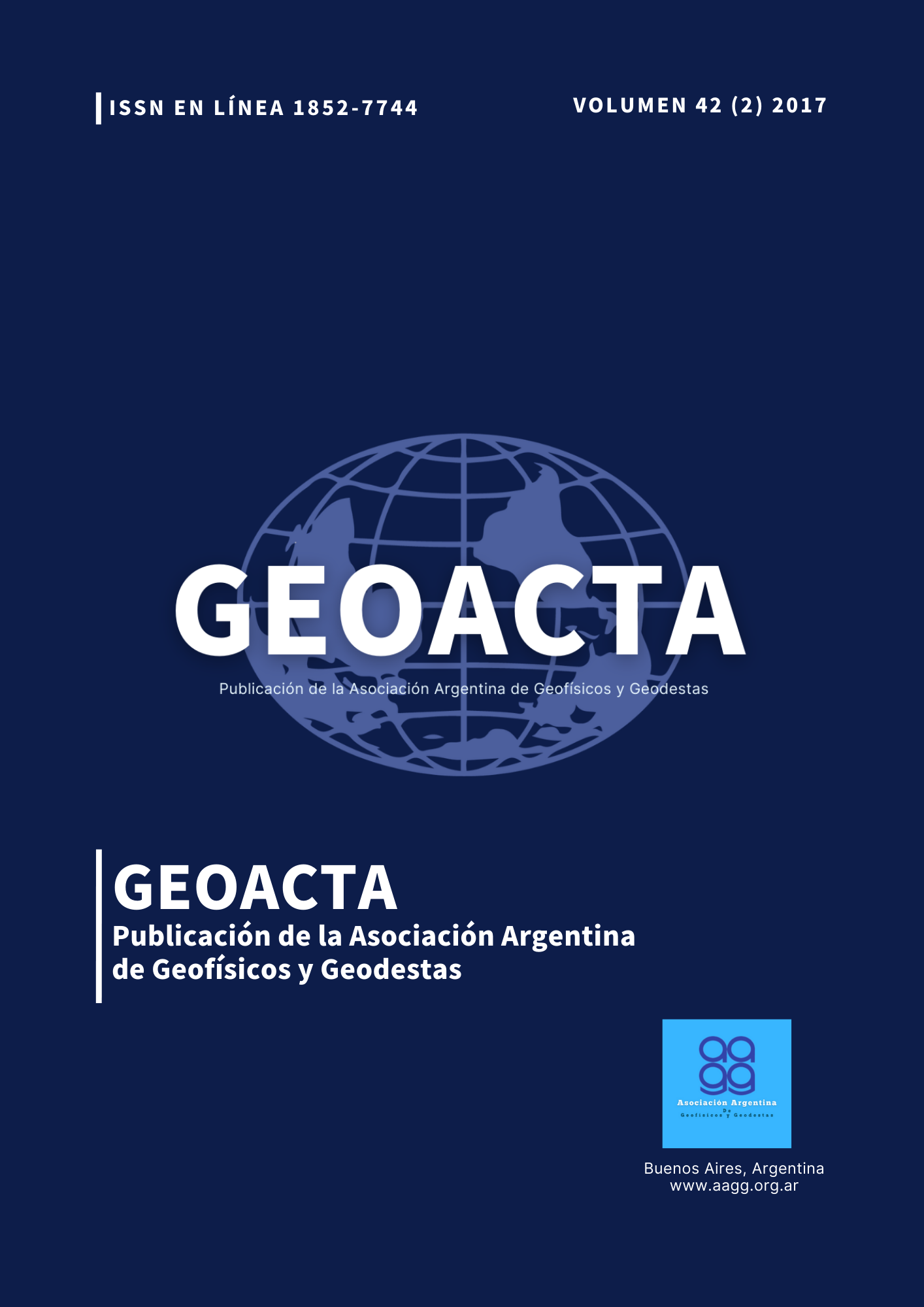The future of remote sensing: harnessing the data revolution
Resumo
Geospatial data has been used increasingly in applications far beyond the traditional mapping and engineering fields. Location-based services and location-aware data have been transforming every aspect of our lives. Both augmented reality (AR) and virtual reality (VR) systems are based on spatial data and spatial data processing, and can now analyze an individual’s field of view to provide information, such as the identification of items and their properties or recommendations of actions, and then 3D visualizations in time of location-attributed datasets, respectively. The source of data is an ever-growing set of sensors and data collection devices, each providing data with specific sensor-determined spatial, spectral and temporal resolution, and error properties. Besides mapping and Earth sciences, applications abound, ranging from autonomous vehicles to smart city implementations, human/machine collaborative manufacturing to disaster and environmental management, medical and geriatric assistive functions to defense operations and surveillance, etc. The growing amount of geospatial data, processed by new big data methods, are already driving developments and will create new applications and industries that will have major societal impact over the next decade and beyond.
Downloads
Downloads
Publicado
Como Citar
Edição
Seção
Licença
Copyright (c) 2017 Charles Toth

Este trabalho está licenciado sob uma licença Creative Commons Attribution-NonCommercial-ShareAlike 4.0 International License.
A partir de 2022 (Vol. 43 número 2) os artigos serão publicados na revista sob uma licença Creative Commons Attribution-NonCommercial-ShareAlike 4.0 International (CC BY-NC-SA 4.0)
De acordo com esses termos, o material pode ser compartilhado (copiado e redistribuído em qualquer meio ou formato) e adaptado (remixado, transformado e criado a partir do material outra obra), desde que a) a autoria e a fonte original de sua publicação (revista e URL da obra), b) não é utilizado para fins comerciais ec) os mesmos termos de licença são mantidos.
Antes desta data os artigos foram publicados na revista sob uma licença Creative Commons Attribution (CC BY)
Em ambos os casos, a aceitação dos originais pela revista implica a cessão não exclusiva dos direitos patrimoniais dos autores em favor do editor, que permite a reutilização, após edição (postprint), sob a licença que corresponde de acordo com a edição. .
Tal atribuição significa, por um lado, que após a sua publicação (postprint) na Revista GEOACTA da Associação de Geofísicos e Geodesistas, os autores podem publicar o seu trabalho em qualquer idioma, suporte e formato (nestes casos, solicita-se que fique registrado que o material foi publicado originalmente nesta revista); por outro, a autorização dos autores para que o trabalho seja colhido por SEDICI, o repositório institucional da Universidade Nacional de La Plata, e divulgado nas bases de dados que a equipe editorial considere adequadas para aumentar a visibilidade da publicação e seus autores.
Da mesma forma, a revista incentiva os autores para que após sua publicação na Revista da Associação de Geofísicos e Geodesistas, depositem suas produções em outros repositórios institucionais e temáticos, sob o princípio de que oferecer à sociedade produção científica e bolsa acadêmica irrestrita contribui para uma maior intercâmbio de conhecimento global.
















